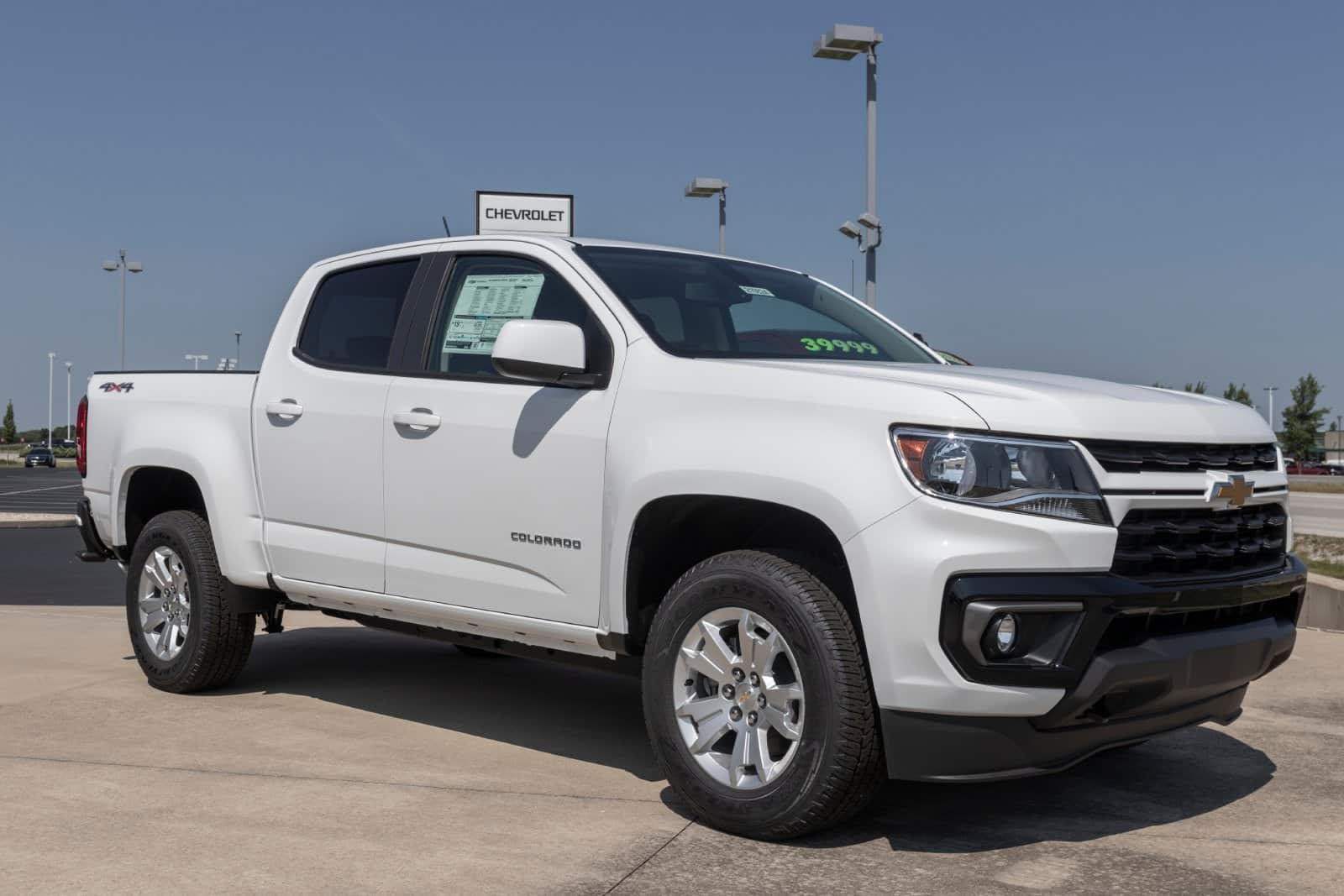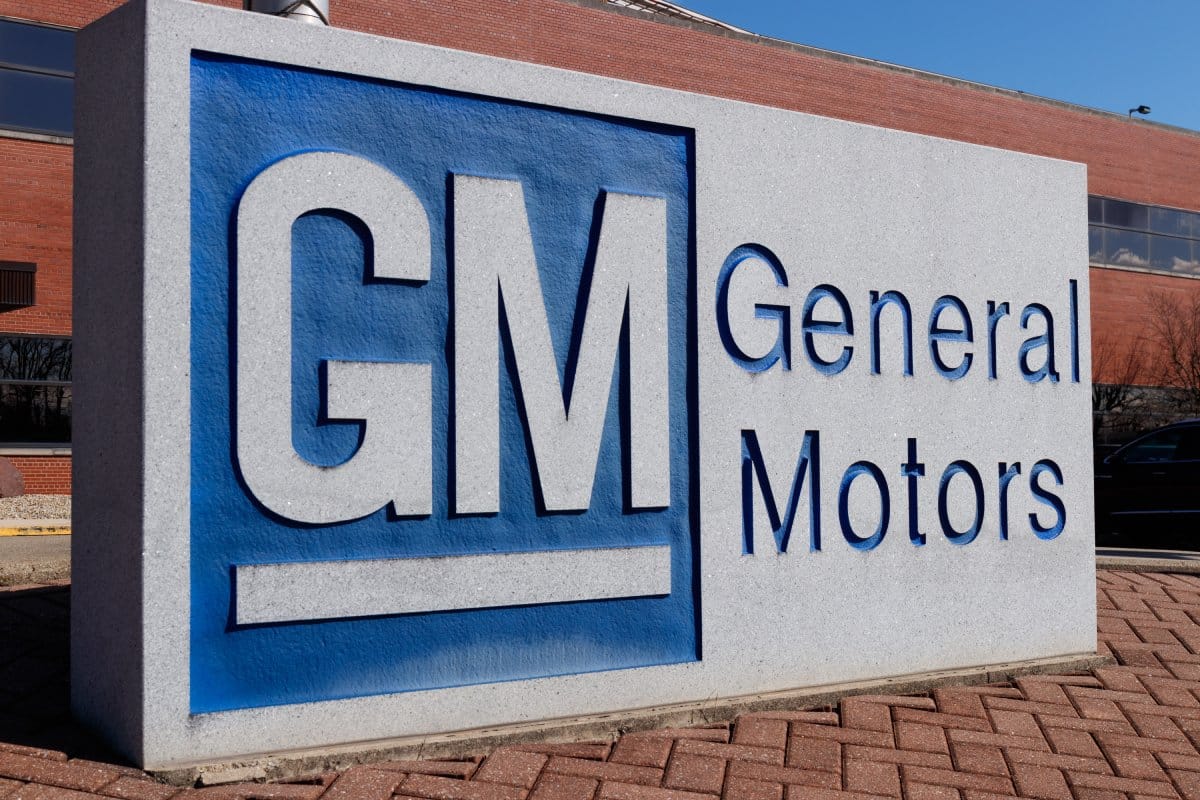GM decided to use the $6 billion they had available to buy back stock instead of investing in the development of new EVs. The competition is rife. Can they really afford to do this?
GM Strategy or Bust?

GM might not have used the billions it had to build new EVs, but it stuck to its strategy of buying back some stocks on the open market. The car manufacturer had $6 billion on hand which was previously approved to buy back stocks. Was this the best move to make?
Some Former Challenges: UAW Strike Delayed Production and Cost Billions

GM dealt with the UAW (United Auto Workers) strikes at the end of 2023. The strike impacted the GM Arlington Texas Assembly Plant which is one of the manufacturer’s largest plants. During the strike more than 45,000 workers dropped tools for an increase in wages.
What Did GM Spend on Strike?

The strike might have been last year and lasted for six weeks, but it’s impacted the auto manufacturer financially. Auto News reported that GM spent an estimated $1.1 billion compensating for the loss of production and increased wages.
Focused on Their Portfolio and Growing the Business

According to reports from GM’s pressroom, the car manufacturer’s CFO, Paul Jacobson, said, “… we are growing and improving the profitability of our EV business and deploying our capital efficiently…” GM is also working towards building its portfolio with a focus on profitability for its ICE Truck business.
Stock Buyback Plan In Full Swing

The car manufacturer’s board has collectively agreed to a stock buyback plan worth $10 billion. The first stock buyback took place for $6 billion. CFO for GM, Paul Jacobson said in a news release that the strategy allows the company to “…continue returning cash to shareholders.”
Stock Dividend Increase

GM has also managed to increase its common stock from $0.09 to $0.12 per share within the first quarter.
Meanwhile, Competition Moves Ahead

GM has had setbacks with staff strikes and has seen its competition race forward with its cars hitting showrooms across America.
Slow On EV Production

Unlike its rivals, GM takes a slower approach to developing new EVs. The company reported that the demand for EVs is lower this year, with only 200,000 – 250,000 expected. It also noted that older targets required 300,000 and even 400,000.
Stocks Doing Better Than Rivals

Stock reports have seen GM’s stock increase in value, especially after the announcement of the buyback of stocks. Stocks valued at $46.7 and have dipped slightly by 1.85% as of June 15, 2024, Friday.
Rivals Ford and Stellantis

Ford and Stellantis stocks have not seen the same growth as GM’s. Ford’s stock value as of June 25, 2024, is 11.71, and Stellantis’ is 18.82.
Set to Invest in More Stock Buybacks

The company has reported that it will use the balance of its buyback budget of $1.1 by the end of June. GM is set to continue with its stock buyback plan and renew another $6 billion for the cause.
The Competition Is Real and Big on Affordability

Other car manufacturing companies like Kia is making affordable cars and redesigning them for an efficient EV approach. Hyundai and Tesla have made affordable electric vehicles that cost under $47,000, according to Electrek.
Will GM Still Make EVs?

In a shareholder meeting, GM’s CEO Mary Barra said that GM remains committed to Electric Vehicles. Despite the slow demand in the industry, the company has confirmed positive feedback on sales in May in the North American region.
Some EV Bestsellers for GM

GM brands like the Chevrolet Silverado, the GMC Hummer, the Cadillac Lyriq, and the Chevrolet Blazer are some of the bestselling vehicles. Starting at $35,000, the Chevrolet Equinox is the entry-level EV with the mass market and competition in mind for affordable EVs.
Rivals Making New EV SUVs

GM rival Stellantis says they’re moving ahead even though the market and microeconomy are challenging. Stellantis CEO Carlos Tavares says the company’s goal is to offer a $25,000 EV in the form of a Jeep. It will be one of the more affordable vehicles aimed at the larger market.
Featured Image Credit: Shutterstock / Jonathan Weiss.
The content of this article is for informational purposes only and does not constitute or replace professional financial advice.
The images used are for illustrative purposes only and may not represent the actual people or places mentioned in the article.

